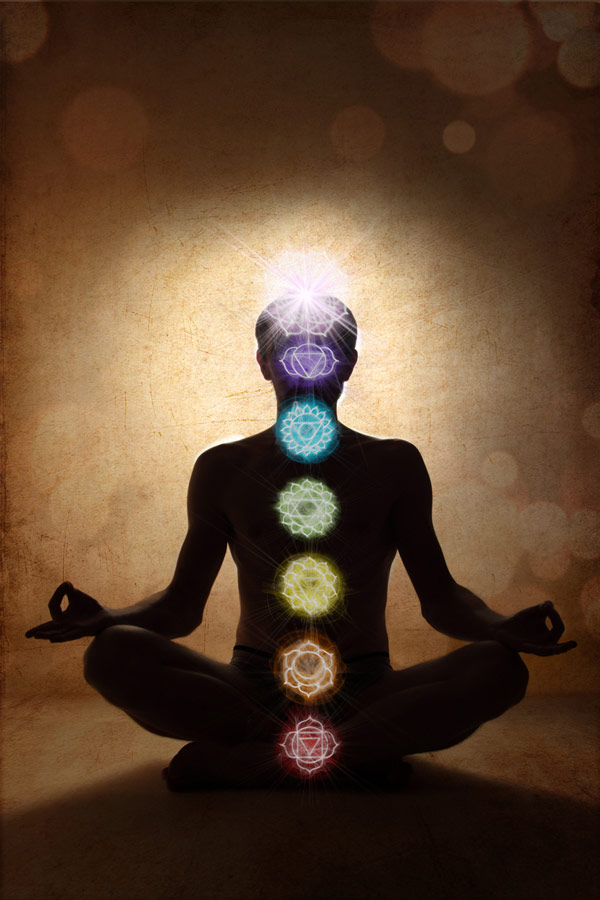The views expressed in our content reflect individual perspectives and do not represent the authoritative views of the Baha'i Faith.
If you compared the current stage of your spiritual development to one of the grades in school, where would your soul be—kindergarten, second grade, a sophomore?
Yes, it’s basically a silly question, but in one sense, it does have some validity. Scholars, philosophers, theologians, mystics and psychologists have told us for decades that every seeker’s spiritual path, whatever its origin, leads to gradual stages of enlightenment. Just like any school, students need to study what first grade offers before they graduate and move on to the next stage of their education. In the same way, we reach expanded awareness, widened vision, greater identification with others, and a heightened sense of identity as we progress spiritually and ascend the ladder of spiritual maturity.
That’s how you identify a true spiritual path—it maps a way to traverse the great chain of being, to move from Plato’s realm of becoming to the eternal realm of being.
So it makes sense that charting the course of each spiritual path and then comparing them reveals striking parallels, and only a few relatively minor divergences.
In the great spiritual teachings, each seeker’s path uses the concept of phases, grades or nested realities, with growth proceeding from one stage to the next along a rising road of spiritual evolution. In fact, most of those paths describe several specific stages of inner development—usually between three and ten levels or grades of growth.
Among the oldest traditions, the Hindu Vedanta koshas (which means ‘sheaths of consciousness’) present five specific rungs on an ascending ladder of spiritual development. At the top of the ladder is Brahman, the Hindu name for ultimate spirit; and Ananda, which means bliss. On this path, the nature of being human encompasses both the inner and the outer aspects, the spiritual and the physical, and they combine in a single ladder of development that functions as one holistic system.
 With most forms of Yoga, as it applies to both Hindu and Buddhist practices, seven chakras, or levels of self, ascend from the most basic human impulses to the highest. These chakras play a major role in several Eastern spiritual traditions, teaching adherents how to attain deep levels of realization by moving through a sequence of developmental levels of awareness. The Buddhist Noble Eightfold Path fulfills a similar function, leading the believer toward self-awakening, wisdom and nirvana.
With most forms of Yoga, as it applies to both Hindu and Buddhist practices, seven chakras, or levels of self, ascend from the most basic human impulses to the highest. These chakras play a major role in several Eastern spiritual traditions, teaching adherents how to attain deep levels of realization by moving through a sequence of developmental levels of awareness. The Buddhist Noble Eightfold Path fulfills a similar function, leading the believer toward self-awakening, wisdom and nirvana.
The Jewish mystical tradition, the Kabbalah, has ten stepped levels of spiritual realization, ending in Kether Elyon, the “supreme crown” of the Supreme Being. These ten levels of inner mystical and moral development, called sefirot, represent ten virtuous attributes of the Creator, which continually sustain the physical universe and make existence itself possible.
Christian mystical hierarchies, especially those in the early Gnostic and Coptic Church’s traditions, describe a system of spiritual stages that proceed from natural law to mental rationality to Divine Logos. Utilizing between three and five specific phases of the soul’s inner development, these Christian mystical traditions focus on a spiritual transformation of the ego-based self, by following a path that produces more fully realized human beings and thus transcends the material world and approaches enlightenment, or gnosis.
The mystical Islamic practice of the Sufis teaches that the goal of all search focuses on a series of steps to transmute the lower self, the human ego, from its primal state to a higher one. The Sufi way emphasizes acquiring praiseworthy virtues and purifying the heart, and includes practices of prayer, meditation and the building of good character. The seven Sufi “stations” of the soul, known as maqaam in Arabic, embody all mystical knowledge and comprise a ladder of ascent for the spiritual life.
Almost every practice of human spiritual development contains one of these ladders of maturation. In the Indian Mahayana Buddhist vijnanas, in Tibetan and Zen Buddhism, in Zoroastrian practices, in the teachings of the Sikhs and the Jains, in Taoism, and in many of the belief systems of the indigenous Central and North American peoples such as the Mayans, the Aztecs and the Hopis, you’ll find this exact concept of unfolding spiritual development along an ascending path of consciousness. The ladders may look a little different, with different numbers of rungs, but they’re all ladders to the realm of being.
The Baha’i teachings bring humanity the latest of those ladders in Baha’u’llah’s two mystical books The Seven Valleys and The Four Valleys. Both short books express a fresh and yet ancient path to spiritual growth and development that confirms, summarizes and unifies all the earlier approaches.
Those books offer a new Baha’i concept of mystical experience and maturation theory, which revolves around the central idea of the perennial philosophy—that one single divine foundation, one unified religion, underpins and informs all spiritual search and inner knowledge. The Seven Valleys and The Four Valleys both say that the shared purpose of all the world’s belief systems encourages every person to read the book of self and find a spiritual path to the realm of being.
When you embark on the seeker’s path of conscious moral and spiritual development, the Baha’i writings say, your journey can illumine and quicken the human soul:
Baha’u’llah has announced that no matter how far the world of humanity may advance in material civilization, it is nevertheless in need of spiritual virtues and the bounties of God. The spirit of man is not illumined and quickened through material sources. It is not resuscitated by investigating phenomena of the world of matter. The spirit of man is in need of the protection of the Holy Spirit. Just as he advances by progressive stages from the mere physical world of being into the intellectual realm, so must he develop upward in moral attributes and spiritual graces. – Abdu’l-Baha, The Promulgation of Universal Peace, p. 288.
All of these spiritual paths, from the mystical practices of all of these Faith—so similar, congruent and unified—urge us to widen and expand our inner reality. They all ask us to take an adventurous journey of inner exploration, to find out who we really are, to know our true selves. They all beckon us, as the great scholar of myth Joseph Campbell put it, to “the realm of the unknown,” toward self-discovery, self-understanding and self-transcendence. Let’s look, in the next essay in this series, at this pervasive idea of progressive stages of spiritual and moral advancement.
















Comments
Sign in or create an account
Continue with Googleor